5 San Diego Charities Making a Difference
Meet those creating an impact in our community whose work operates through the generosity of others
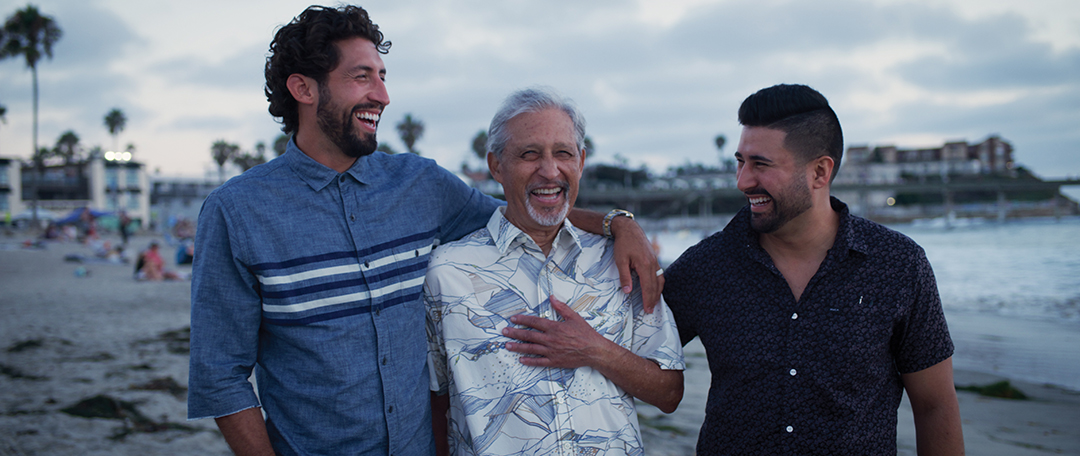
They don’t call this the “season of giving” for nothing. During December, we make about 30 percent of our annual monetary charitable donations, and one study by the University of Texas found that volunteerism increases by 50 percent during the holiday season. And here’s the thing: Giving, whether it’s time or money, is actually good for us, too, both mentally and physically, as numerous studies have demonstrated both here and abroad. So, find a way to donate that moves you and make a contribution to your health! Though too many organizations than we have ink and paper for are doing amazing work in San Diego, here are a few we think deserve a second look.
Cast Hope
The outdoorsy of us know what therapy simple fresh air can be. So when the team at Cast Hope takes underserved youth from San Diego’s more urban areas outside, it not only opens kids’ eyes to parts of the county they likely didn’t know existed or had never visited — watersheds, reservoirs, lakes, even the bay — but it opens their minds to the world beyond the day-to-day challenges they may face. While at its foundation, Cast Hope is an organization dedicated to teaching its participants along with a mentor of their choice how to fly fish, Southern California Regional Director Conway Bowman believes it’s much more. “The focus is fly fishing, but what I find is that fly fishing is just the key that opens the door to more opportunity for these kids. They get out there…and they’re also observing nature. They’re looking at bald eagles nesting, they’re watching mule deer walking in front of them, they’re connecting with the water and the soil, and then we teach them about where the water even comes from,” he says. Unlike other organizations, the goal isn’t simply to create one-on-one opportunities with the participants a couple times a month. Instead, Bowman explains, “Obviously we’re teaching them, but we want to give them the tools so they can go out and do it themselves, because that’s how they will become the next great ambassadors to the outdoors, and honestly, that’s the future.”
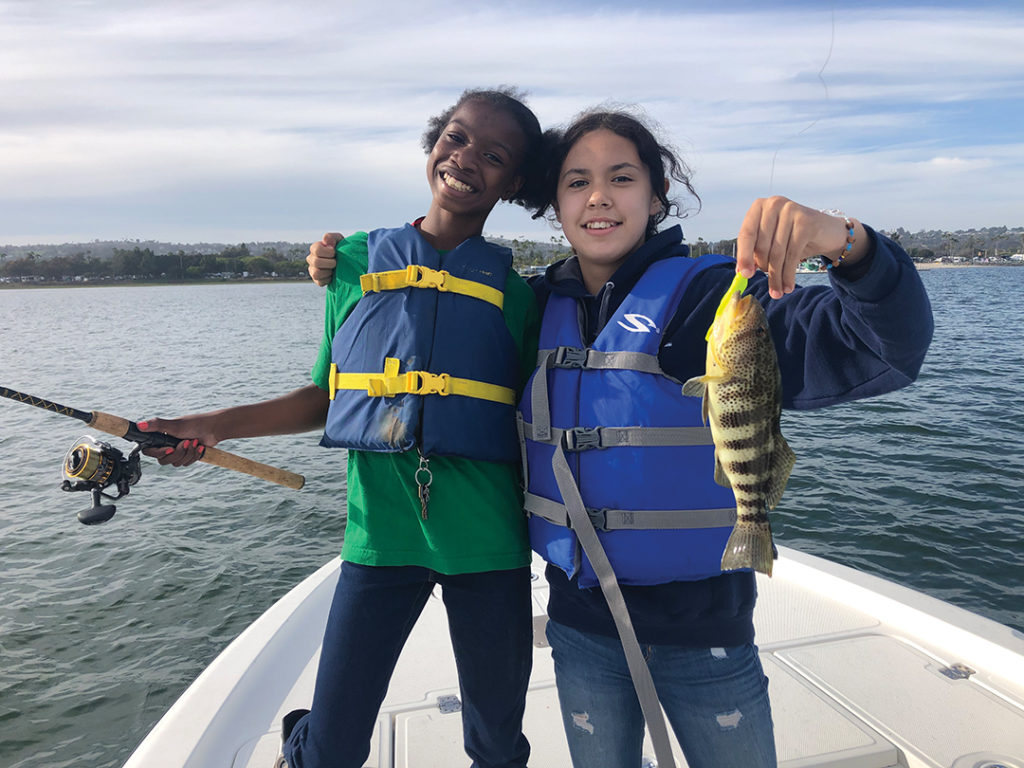
Funded completely through donations and grants, Cast Hope takes its kid participants, along with their mentor, on fishing trips about twice a month for an entire year, and all supplies are provided by the organization. “All they have to do is show up,” says Bowman, who is quick to reiterate, “But, we’re not fishing for them. It’s an allegory for life: We’re not doing it for them, we’re teaching them how to do it for themselves.” Once their first year, which includes a day of service as well as a “science day,” is completed, Cast Hope recognizes their accomplishment by gifting the kids and their mentors each their own complete fishing tackle. The kids are then welcome to continue in the program and even become involved as mentors to the next class of participants.
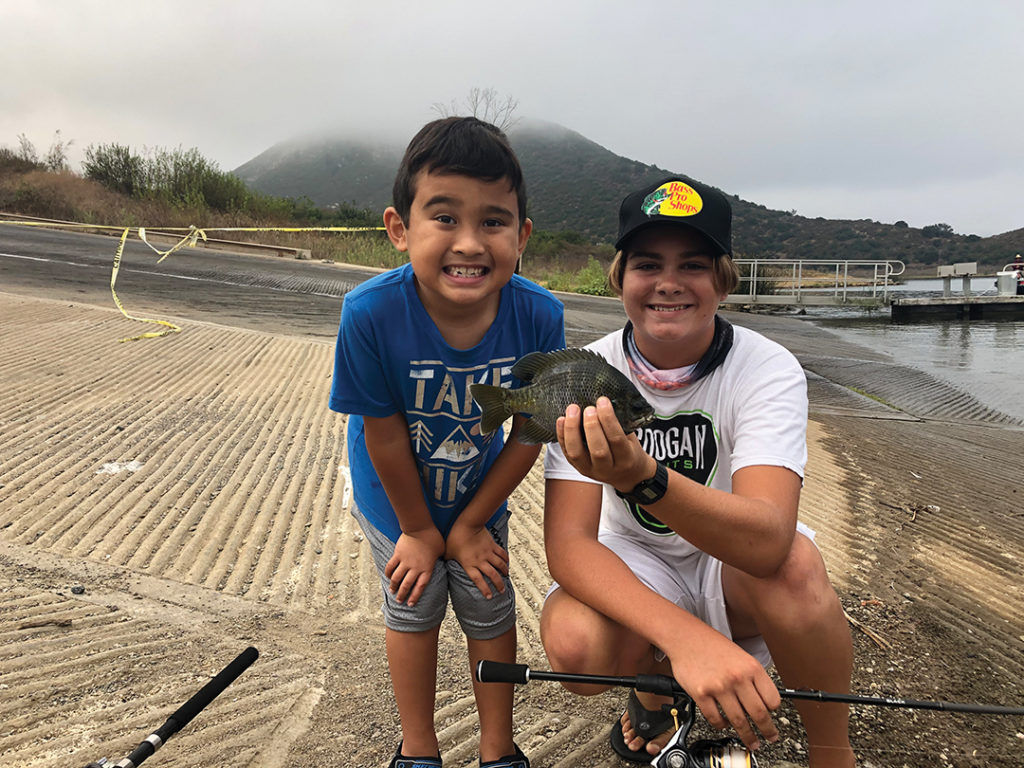
Working side by side with those they serve, Bowman says he tries to translate the confidence kids gain through even small successes on the water to the confidence to set goals in their lives away from Cast Hope, even amid the challenges they will surely face. “The metaphor is the fly rod,” he says. “Life isn’t always a perfect cast, but you just make the next cast, and chances are, you’re going to hit it.” casthope.org
Voices for Children
Kids in the foster system endure enough hardship. The separation of siblings is one more blow, however, that many kids may face in their journey. For brothers Luis and Sean Green, it was a very real possibility during their childhood in the late ’90s. Though younger brother Sean may have been perceived as more “adoptable” than his older brother simply because of his age, the boys’ court-appointed special advocate (CASA), Art Tabanao, who was matched with them by Voices for Children, worked to ensure they would not be split up as they awaited adoption. While Luis struggled with anger and frustration at their circumstances, he remembers, “Sean was really quiet and super cute,” which seemed to make the case to separate them even more clear-cut. But using only age as a determinant of adoption viability didn’t take into consideration how one more loss could do further emotional harm to then five-year-old Sean. “There was this moment where Art was able to illustrate that [though] it shows there’s that viability with age, if you take us apart, what you’ll find is that you have two people that are not candidates at all,” says Luis, who had taken on an almost paternal role with his brother, even at just around seven years old.
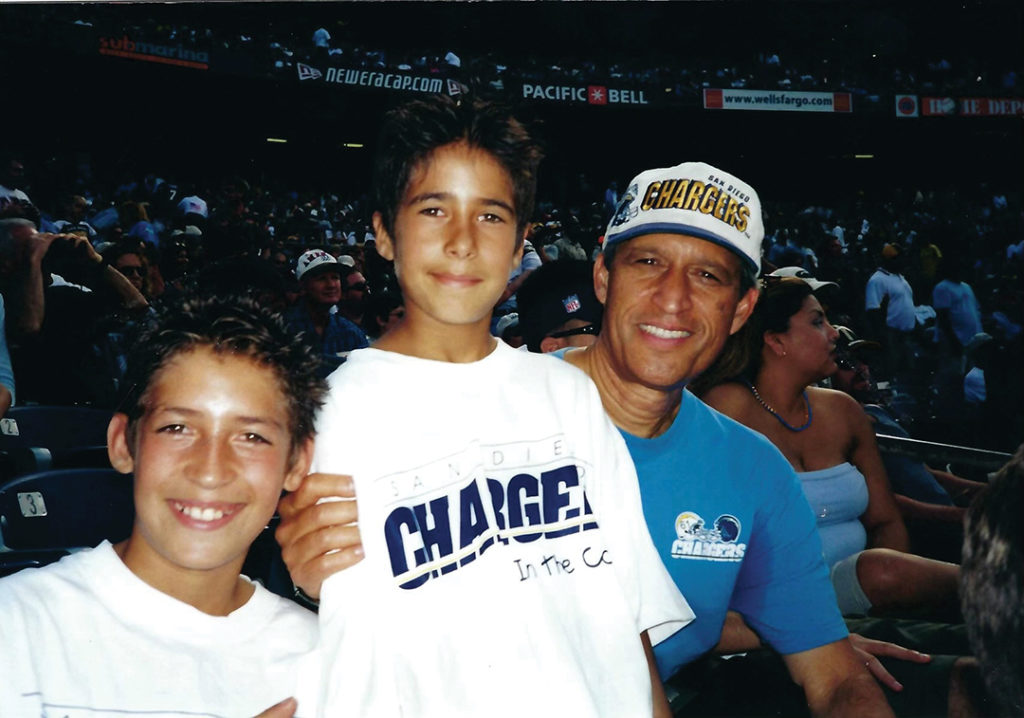
“Voices for Children appointing Art to us was, I think, the day that our lives changed, not only from his advocacy and being able to help us out with the part of keeping us together and making sure we stayed together from home to home, but also just Art being a mentor as far as having someone to lean on, give us advice, take us to the park, just little things to make sure that we were doing OK, and I think that’s where it brightened our experience,” adds Sean, now 30. The pair were ultimately adopted by Sean’s third grade teacher, Debi Green (now Romero).
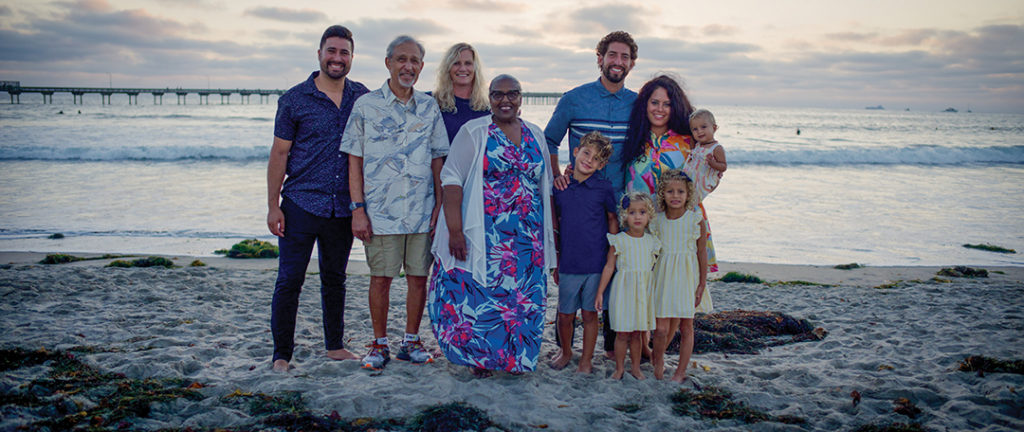
“It didn’t stop when we got adopted,” says Luis, 32, who now lives in Florida with a family of his own. “What Art created was something that was a lifelong friendship and mentorship.”
Tabanao didn’t initially realize quite how deeply he had touched the boys’ lives. “I never really thought about the impact until Luis and Sean were older and on their own,” he says. “They began calling and asking me for advice about their lives. At that point, our connection deepened into something I had not expected: They began seeking me out as a trusted mentor. I’m proud to have supported them on their journey as their CASA and it gives me so much joy to see everything they have accomplished.”
Voices for Children has an ongoing need for volunteers interested in training to become CASAs to meet an overwhelming demand, and donations help the organization train and support those CASAs. “I wish there were more CASAs,” says Luis. “If people truly just understood the difference that you’re making. There’s a moment of sacrifice that you’re going to have to make, having to say no to things that are going to eat your time, but the reward, even if the story’s not like mine — it is still so incredible. There are happy endings.” speakupnow.org
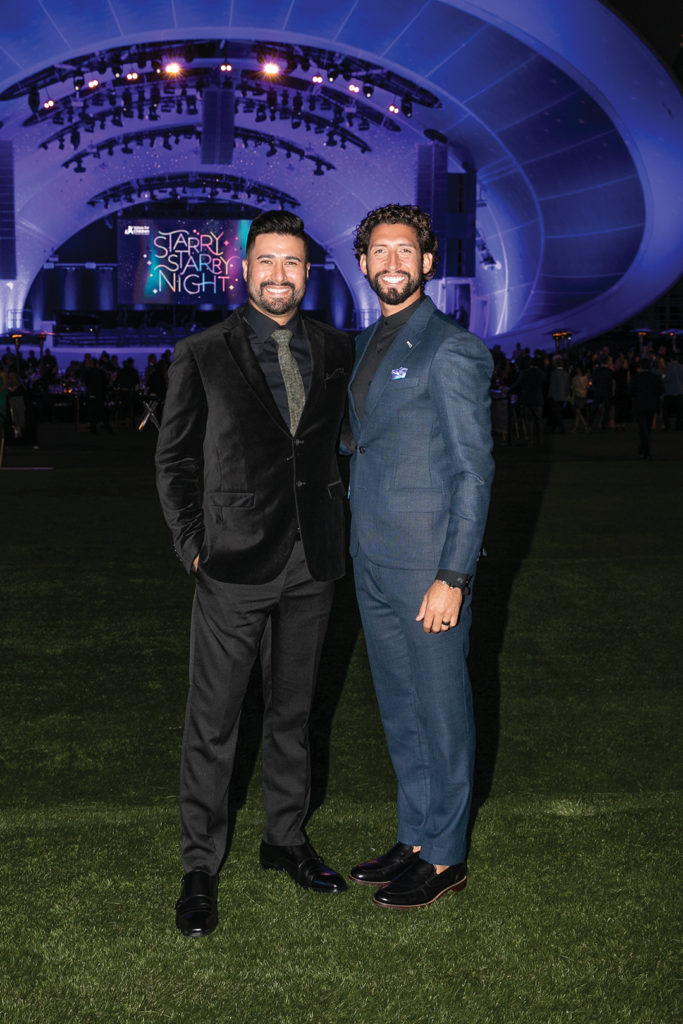
Resounding Joy
When we talk about healing, there is a tendency to first think of physical wounds. But in truth, brain injuries, and even the brain’s ability to facilitate recovery throughout the body, is also a critical element of any healing process. Resounding Joy is a shining example of activating the brain’s power to heal. Certified music therapists use various methods to engage the brain through sound, including active music making, lyric analysis, song writing, and pairing creative arts with music, in addition to simple passive listening. “Through music, we can provide hope when some people feel like there is no hope,” says founder and CEO Barbara Reuer. “We can bring a smile to someone when they think it’s not possible. We can make a human connection with someone who thought they could never communicate with their Alzheimer’s parent again because music brought something out in them. We’ve helped people come out of a coma through music. There are just so many vast ways that music is universal.”

“We live at the intersection between arts and health,” says Jess Blaisus, Resounding Joy’s director of engagement. “There’s a constant challenge as far as advocacy goes to share what music therapy is because it is evidence-based and there’s a lot of very cool science that backs it up — not just the passive music [experience], because music itself has plenty of benefits, but the application of those interventions in therapeutic relationships. It’s like physical therapy versus an aerobics instructor.”
The nonprofit reaches about 3,000 San Diegans a year, working with the military and first responders (through Resounding Joy’s Sounds of Service program), children (though the Ariana Miller Healing Notes program), and throughout the community, including seniors, the homeless, and anyone facing mental, physical, and emotional health challenges, and its results are measurable. For example, says Blaisus, in participating patients at Rady Children’s Hospital, therapy has been found to lower and stabilize heart rate, improve respiration rate, and improve blood oxygen saturation. In other areas, “people have indicated decreases in anxiety and stress, improvements in mood and emotional expression, progress toward speech goals, and family bonding,” says Blaisus. Music also has a direct impact on how we perceive pain. “If you are in pain, basically your brain can only concentrate on so many things at once, and music temporarily takes over some of the brain that’s being used for pain so that you will physically experience less pain because your brain is busy listening to music,” she says.
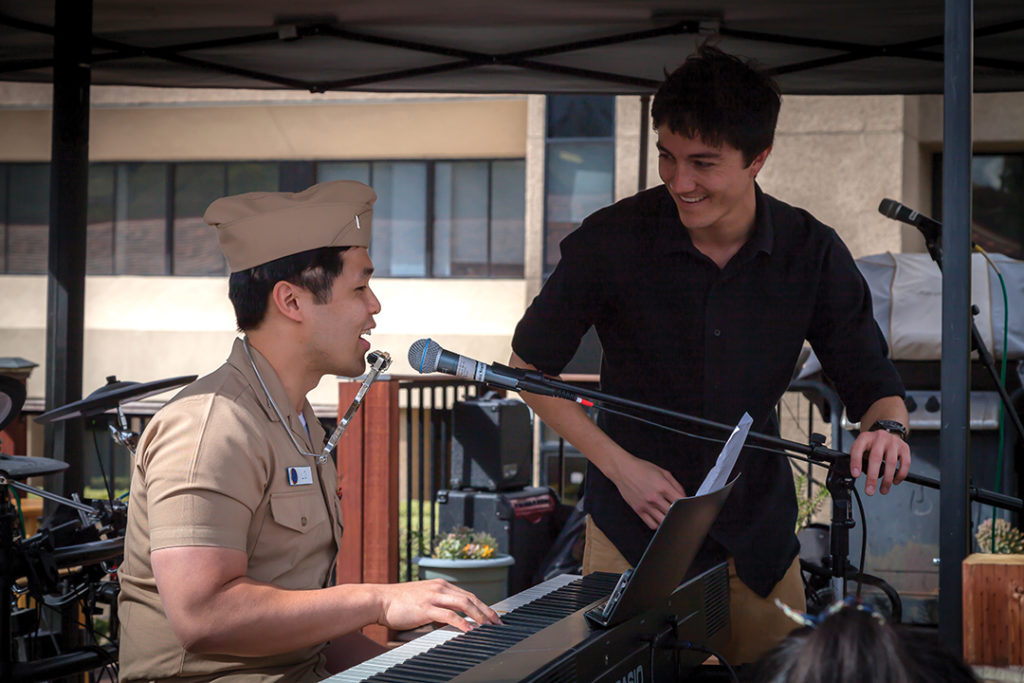
Contributions to Resounding Joy can include both monetary donations as well as instrument and equipment donations like iPads, which are used for music games and even to display digital sheet music for therapists. This month, the public is invited to learn more about the work of Resounding Joy on December 16 when it hosts a free holiday open mic event at its Sorrento Valley Music Wellness Center, featuring light snacks, original music, and an opportunity to join in the music making holiday merriment. resoundingjoyinc.org
Episcopal Community Services
A frequent buzzword we hear in conversations surrounding human assistance organizations is “dignity.” And that’s exactly what Episcopal Community Services endeavors to infuse in the spectrum of services it offers addressing issues like homelessness, substance use disorders, and mental and behavioral health in San Diego County. Through charitable donations it receives, ECS fills the gaps that still remain even as grants and government funding support core programs. “We’re trying to treat people like people,” says Tim Whipple, ECS Interim Development Director, and a holistic approach is at the heart of their work. “We use [donated] funds to help ensure programs are going above what is the status quo. Because our staff is on the front lines — a lot have several years’ experience in their specific field [and provide] firsthand feedback of what can be enhanced — that’s how philanthropy is able to change the outcomes in the course of these programs,” Whipple explains.
This “above and beyond” approach means ECS can enhance already invaluable programs, like the bilingual, bicultural behavioral health program “Para las Familias.” Designed for kids from 18 months to 12 years old, the program offers therapy, assessment, and even collaboration with teachers and schools to get kids the help they need to recover from trauma. Donations then enable ECS to assess participants’ additional needs and provide anything from gas cards so that families can access these services to school supplies to even gift cards to ensure they’re getting enough to eat. Donated funds also help ECS to have a wraparound approach to serve clients tackling concurrent issues like food insecurity and homelessness.
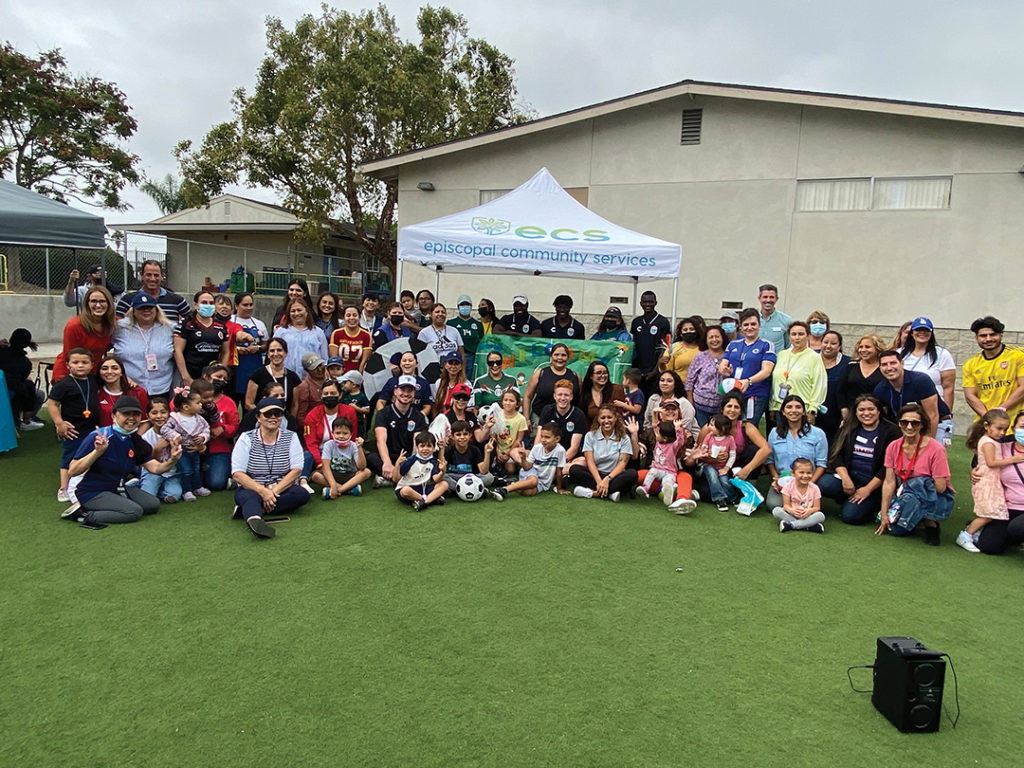
Though at its core, ECS is a faith-based organization — “Episcopal” is in the name, after all — Whipple underscores the nonprofit’s mission to provide for the San Diego community as a whole. “For us as ECS, we serve everybody regardless of what religion they come from, our staff is very diverse, and I think for us, our big message is how we can connect on the same core values that we’re really focused on: inclusion, making everyone feel welcome, and making sure everyone gets the services that they need,” he says. “In the churches, they say ‘All are welcome,’ and I think that’s a perfect summation of what ECS is: All are welcome into our community.” ecscalifornia.org
Frosted Faces
Though as the saying goes, “You can’t teach an old dog new tricks,” it’s never too late to show them love. For Kelly and Andy Smíšek, it’s that belief that prompted them to create Frosted Faces Foundation, a rescue and adoption organization for dogs (and cats!) in their twilight years. Based in Ramona, FFF places an average of 500 senior pets per year into new, loving homes after being rescued, transferred from overcrowded shelters, or relinquished by owners whose circumstances offer no other option.
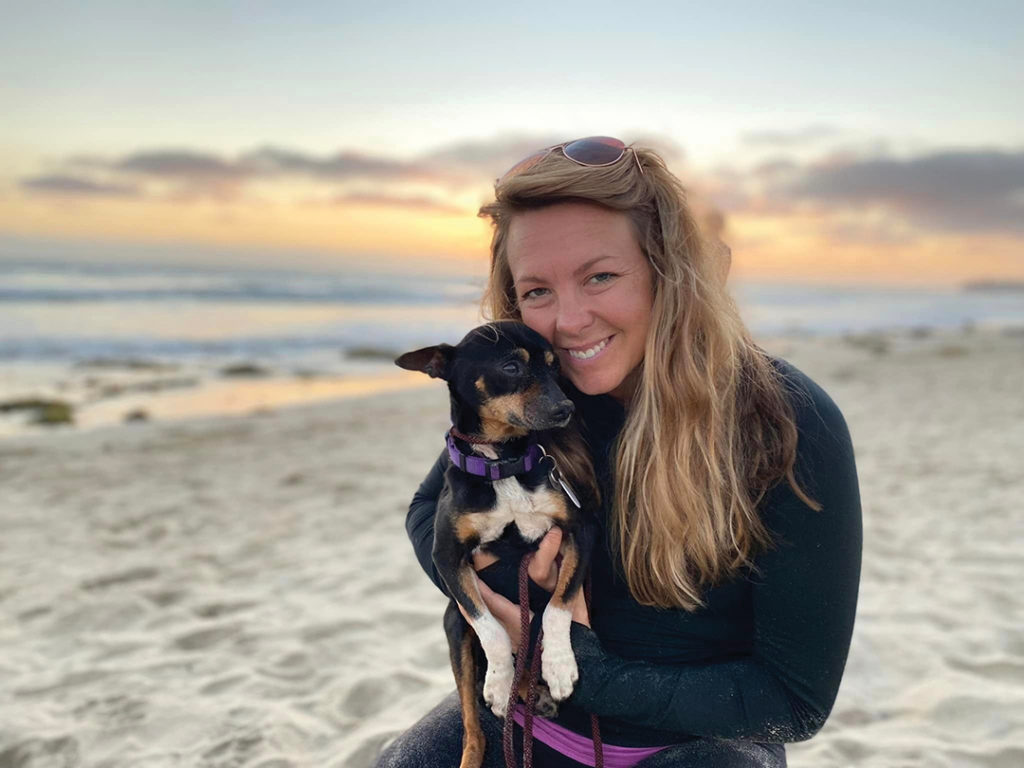
The animals generally spend one to three months in the care of FFF (the length of time tends to directly correlate with the size of the dog) as they await adoption. That time is filled with receiving quality medical care and plenty of enrichment and engagement through community events, weekly hikes, volunteer visits, short-term foster stays called “Frosted Flings,” and weekend getaways with volunteers called “Frosted Field Trips.” The organization has more than 5,000 registered volunteers, four kennel managers including Kelly, a veterinarian, and three veterinary technicians on staff. Once an animal is adopted, FFF continues to cover veterinary care for the balance of its life. “We have found that people actually do want to adopt seniors, really good people who would do it again and again if it weren’t for the inevitable financial burden,” says Kelly. Filling that gap comes at a hefty price; Kelly estimates their monthly veterinary expenses at about $83,000. But it’s the emotional cost that weighs most on her. “The hardest part of operating Frosted Faces Foundation is accepting circumstances and decisions made for animals that we cannot change, while realizing our own capacity for care where the need is overwhelming,” she says.
No matter how great the capacity in the Smíšeks’ hearts is for the lovable seniors in their care, they stay focused on FFF’s main objective: adoption.
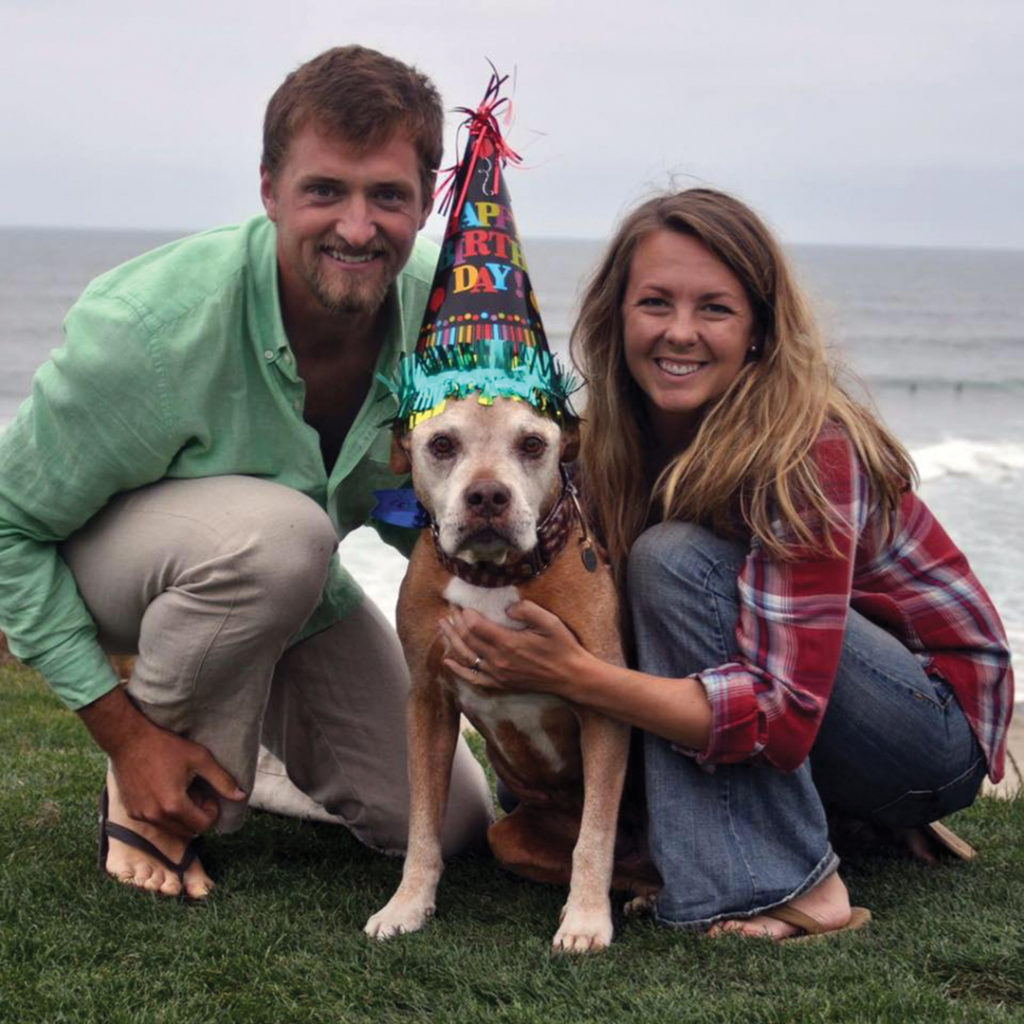
“Although we love all of the Frosted Faces as our own and FFF is a beautiful space that provides a quality life, our mission is clear that we are not a sanctuary,” she says. “The ultimate goal has always been and still is to find all Frosted Faces families of their own who will author their last chapters as love stories.” frostedfacesfoundation.org

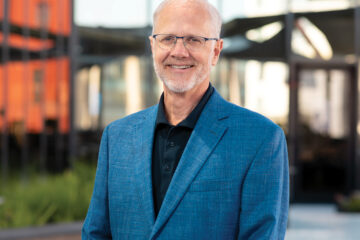
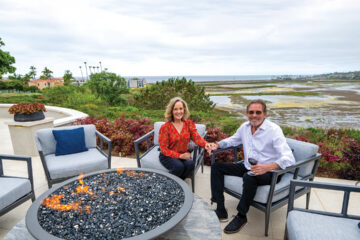
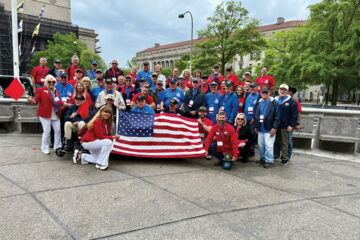

Comments